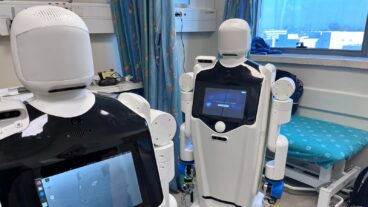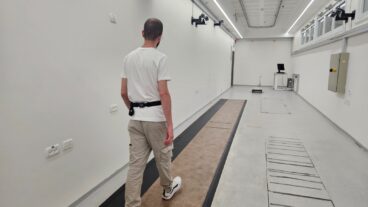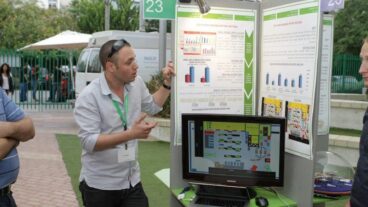Every year, some 7,000 Americans die from treatment mistakes at United States hospitals. Every year, some 7,000 Americans die from treatment mistakes at United States hospitals.
As health care professionals search for ways to prevent these tragic errors, an Israeli startup has come up with a solution that addresses the area in which many of these mistakes occur: administering medication.
MDG Medical has developed a system that can computerize one of the hospitals’ most exhausting processes: ensuring that the proper medications get to the right patient at the right time.
Currently, “medical staff conducts daily visits to all the patients and the senior physician writes a list of drugs patient gets,” MDG’s CEO, Dr. Gilead Asseo explained to the financial daily The Marker. “The nurses try to decipher the doctors’ handwriting, which is not always particularly clear, and copy the orders into the orders book. The orders are then copied again into the medications book.
“At this point, the head nurse of the ward goes to the medicine cabinet and begins taking out the required drugs. She then puts each dose of medicine in a cup and labels each cup with the name of the medication. The drugs are distributed from a wobbly tea cart. Sometimes patients get no drugs at all, and at worst they get the wrong ones.”
Asseo, a surgeon by profession, recalls that in 1961, there were 600 drugs on the hospitals’ lists. Today, there are close to 25,000. “Doctors cannot remember them all, even if they wants to. They need a computer for help.”
The MDG system incorporates a computer program on a notebook PC: recording the names of all the patients in a ward, the medications they are to be given, and how the drugs are to be administered.
The doctors enter all the orders, including how often each drug is to be given, into his computer. Next, the PC is linked to a central server that relays the orders to a computerized medicine cabinet that has a drawer for each drug.
When the nurse enters the patient’s name on the cabinet’s console, the appropriate drawers open automatically. The nurse then puts the drugs on a cart that is also computerized and has drawers for each patient, with the patient’s name displayed on a small digital screen built into each drawer.
The nurse goes through the ward list, patient by patient, and fills up all the drawers. When she gives the medications to the patient, she has to type on the cart’s keyboard that the patient has received the drug.
At this stage, MDG’s system is undergoing field trials in the geriatric rehabilitation department of Sheba Hospital in Tel Hashomer, and plans are underway to equip other departments of the hospital with the system. MDG has also signed a contract with Hammersmith Hospital in London and with BioEnterprise, an American company set up by medical centers in the Cleveland, Ohio area.
(Courtesy of The Marker – http://www.themarker.com/eng/)












